Ford Mustang (1999-2004) Service Manual: Driveline System
Special Tool(s)
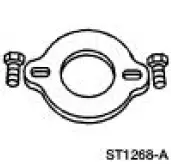 |
Clamp Plate 205-320 (T92L-4851-C) |
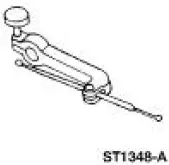 |
Clutch Housing Alignment Adapter 308-021 (T75L-4201-A) |
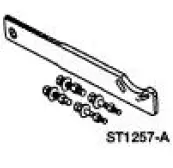 |
Companion Flange Holding Tool 205-126 (T78P-4851-A) |
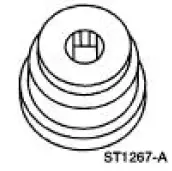 |
Companion Flange Runout Gauge 205-319 (T92L-4851-B) |
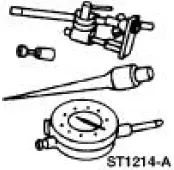 |
Dial Indicator with Bracketry 100-002 (TOOL-4201-C) or equivalent |
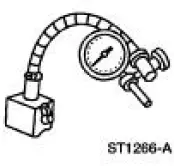 |
Dial Indicator/Magnetic Base 100-D002 (D78P-4201-B) or equivalent |
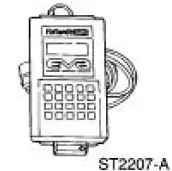 |
Vibration Analyzer 100-F027 (014-00344) |
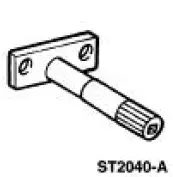 |
Traction-Lok Torque Tool 205-022 (T66L-4204-A) |
 Driveline System - General Information
Driveline System - General Information
Driveline Angles @ Curb Specifications
All driveshaft and pinion angles point downward.
General Specifications
a: Service refill capacities are determined by filling the axle 6.3 mm (0.25
in [1/4 ...
 Inspection and Verification
Inspection and Verification
Certain axle noise or vibration symptoms are also common to the engine,
transmission, wheel
bearings, tires, and other parts of the vehicle. For this reason, be sure that
the cause of the trouble is ...
Other materials:
Instrument lighting dimmer
• Move the control up or down to
adjust the intensity of the panel
lighting.
• Move the control to the full
upright position, past detent,
to turn on the interior lamps.
• Move the control down, past
detent, to turn off the interior
lights.
Note: The pa ...
Hydraulic System
Fluid Pump
The transmission uses a gerotor-type design front pump support and gear. The
pump provides the
volume of fluid needed to charge the torque converter, main control assembly,
cooling system and
lube system. Pump pressure is regu ...
Assembly
1. Inspect the clutch cylinder thrust surfaces, piston bore and clutch plate
serrations for scores or
burrs. Minor scores or burrs may be removed with crocus cloth. Install a new
clutch cylinder if
badly scored or damaged.
2. Check the fluid passage in the ...
